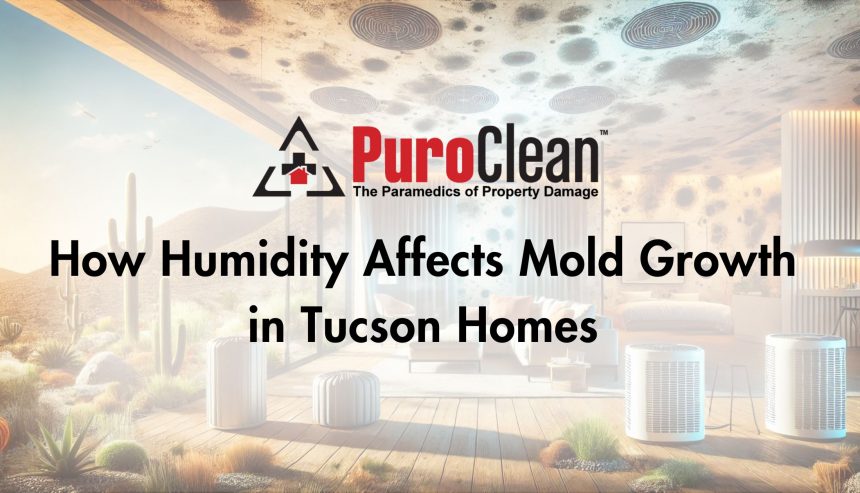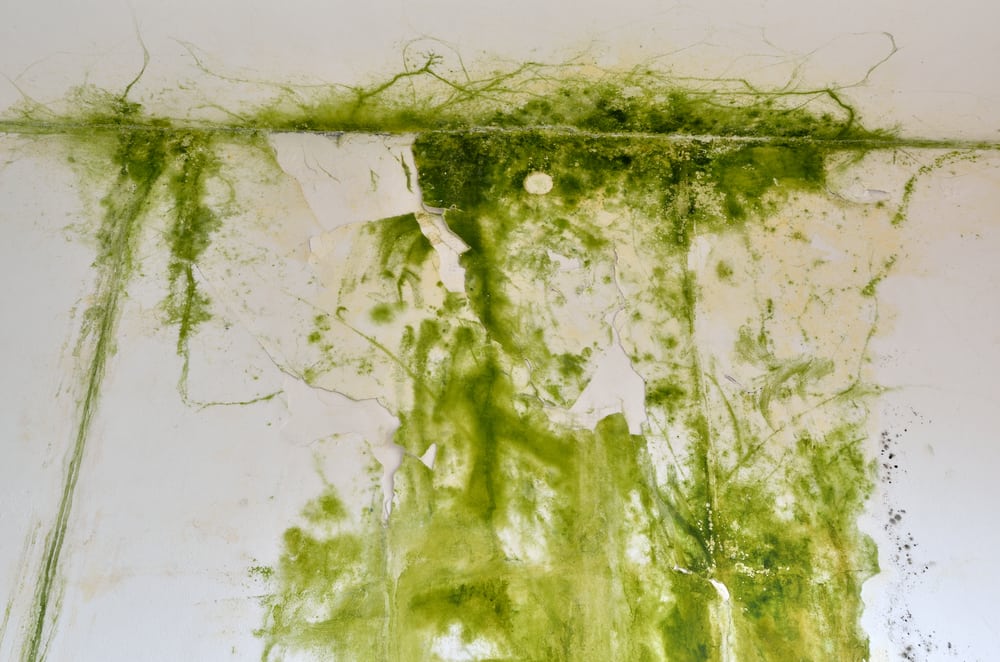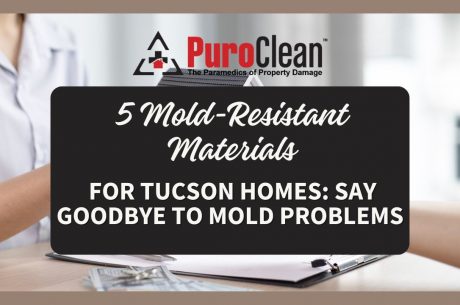Humidity is a crucial factor in the growth of mold, especially in environments like Tucson, where climate and moisture can cause significant problems for homeowners. Although Tucson is primarily known for its desert landscape, periods of high humidity—especially during the monsoon season—can encourage mold growth in homes. Understanding how humidity impacts mold growth and learning how to control it can protect your property from damage and promote a healthier indoor environment.
How Humidity Encourages Mold Growth
Mold thrives in moist environments. While Tucson’s desert climate is generally dry, periods of rain and humidity spikes, particularly during the summer months, create favorable conditions for mold to grow indoors. When humidity levels rise above 60%, the moisture in the air can accumulate on surfaces such as walls, ceilings, and windowsills. Mold spores, which are naturally present in the air, will latch onto these damp areas and begin to grow.
In Tucson homes, mold is often found in areas with poor ventilation or where moisture tends to accumulate, such as bathrooms, kitchens, basements, and crawl spaces. Even homes with modern air conditioning systems are not immune to this issue if the system does not adequately regulate indoor humidity levels.
The Monsoon Effect in Tucson
Tucson’s monsoon season, typically from June through September, brings increased humidity and rain to the region. During this time, homes are more susceptible to mold growth due to the prolonged periods of moisture. While the outdoor environment becomes lush and green, the inside of homes can become a breeding ground for mold if humidity is not properly managed.
Homes in Tucson are particularly vulnerable during the monsoon season because the sudden shift from dry to humid conditions often goes unnoticed until mold has already begun to grow. This makes it crucial for homeowners to take preventative measures, especially during these wetter months.
How to Control Indoor Humidity Levels
Managing humidity levels indoors is the most effective way to prevent mold growth. By keeping the humidity below 60%, you can significantly reduce the chances of mold taking hold in your home. Here are some practical tips to control indoor humidity:
- Use Dehumidifiers: A dehumidifier can remove excess moisture from the air, keeping your home at an optimal humidity level. Placing dehumidifiers in high-risk areas like basements, bathrooms, and kitchens will help prevent the buildup of moisture. For Tucson homes, especially during the monsoon season, using a dehumidifier is a wise investment.
- Improve Ventilation: Proper airflow is key to preventing humidity from becoming trapped indoors. Install exhaust fans in bathrooms, kitchens, and laundry rooms to allow moisture to escape. Additionally, ensure that your attic and crawl spaces are well-ventilated. You may also want to open windows and doors when the outdoor humidity is lower to allow fresh air circulation.
- Fix Leaks Promptly: Water from leaks can significantly raise humidity levels in your home. Regularly check for leaks in your roof, windows, and plumbing systems. If you discover any leaks, repair them immediately to prevent further moisture from accumulating.
- Maintain Your HVAC System: Tucson’s heat makes air conditioning a necessity, but a poorly maintained HVAC system can actually contribute to higher indoor humidity. Make sure your air conditioning unit is the appropriate size for your home and that it’s functioning correctly to reduce indoor moisture.
Recommended Equipment for Tucson Homes
In Tucson’s fluctuating climate, using tools like dehumidifiers and maintaining proper ventilation can be game-changers in preventing mold growth. Here are a few recommendations for equipment that can help:
- Portable Dehumidifiers: These are ideal for smaller spaces or specific rooms like bathrooms or kitchens. Look for models that automatically shut off when the humidity level reaches a certain point.
- Whole-House Dehumidifiers: For larger homes, installing a whole-house dehumidifier is a more comprehensive solution. These systems work in conjunction with your HVAC system to regulate the humidity level throughout the entire house.
- Smart Thermostats with Humidity Control: Modern smart thermostats can help you monitor and control the humidity levels in your home. They can automatically adjust your air conditioning and heating systems to maintain an optimal humidity range.
Why Mold in Tucson Homes Is a Serious Concern
Besides the obvious structural damage mold can cause to your home, the presence of mold can also pose health risks. Mold releases spores into the air, which can trigger allergic reactions, asthma attacks, and respiratory issues, especially in individuals with compromised immune systems. Children, the elderly, and those with pre-existing respiratory conditions are especially vulnerable to mold-related health problems.
By managing humidity levels, Tucson homeowners can protect their property and the health of their families.
Conclusion
Humidity is an inevitable part of living in Tucson, especially during the monsoon season. While it may be easy to ignore the threat of mold, homeowners should be proactive in managing indoor moisture levels to prevent mold growth. Simple steps like using dehumidifiers, improving ventilation, and fixing leaks can go a long way in keeping your home safe from mold damage.
Protect your Tucson home from mold by following these practical tips. For more information on mold remediation services, check out our Mold Removal Services. If you’re interested in learning about dehumidifiers and how they work, this comprehensive guide on dehumidifiers can provide valuable insights.
When dealing with mold, don’t hesitate to contact the experts at PuroClean of Northeast Tucson for professional mold remediation and water damage restoration services.




 PuroClean of Northeast Tucson
PuroClean of Northeast Tucson